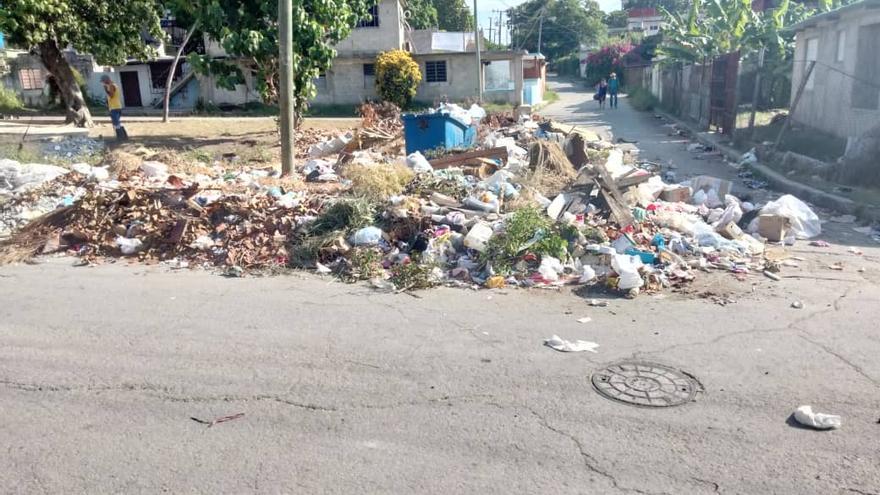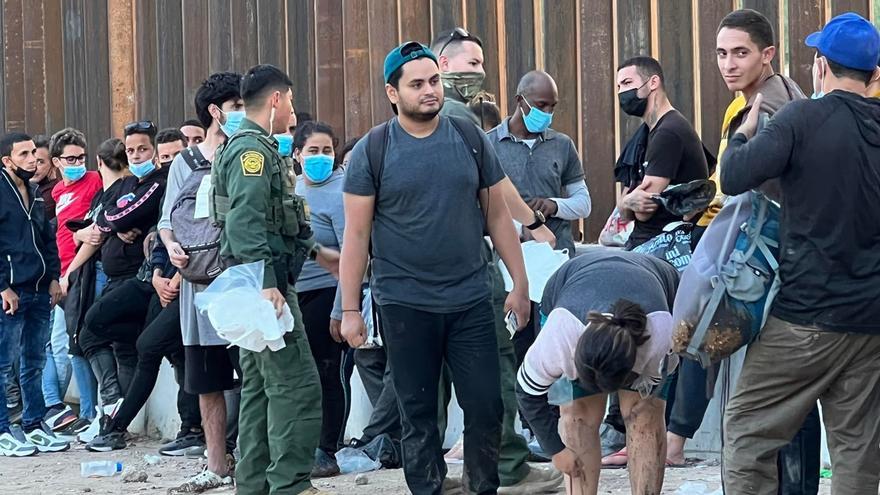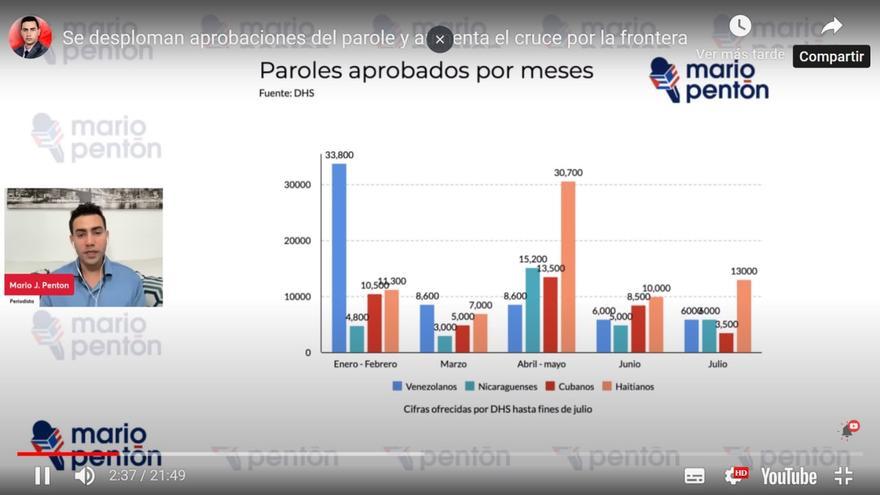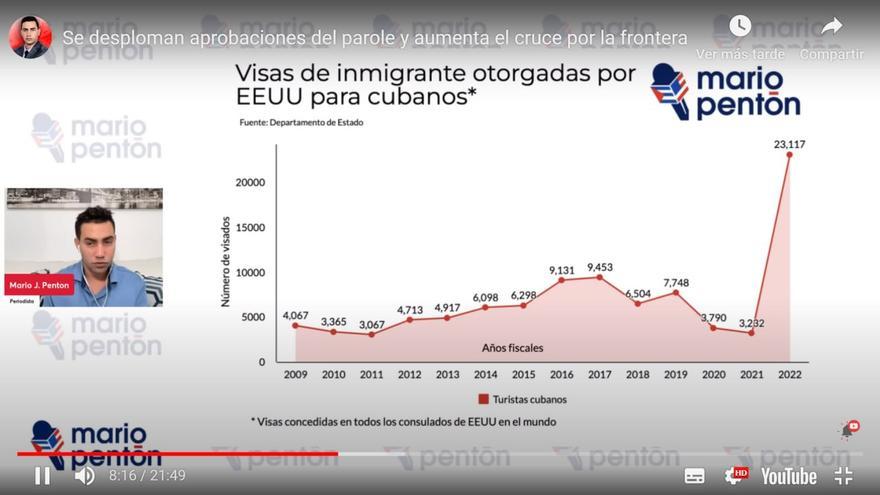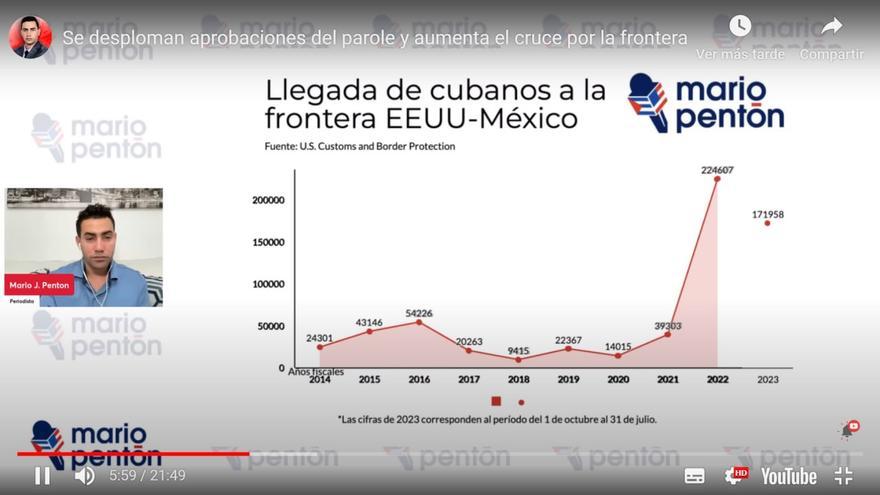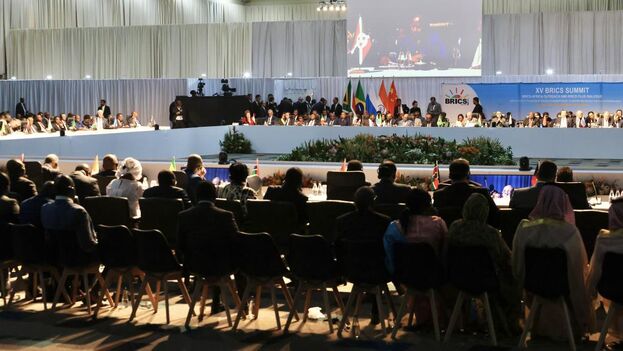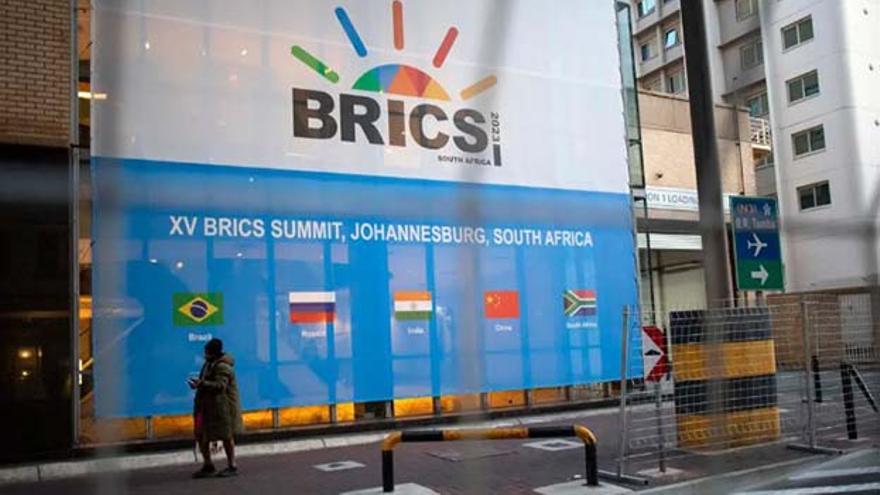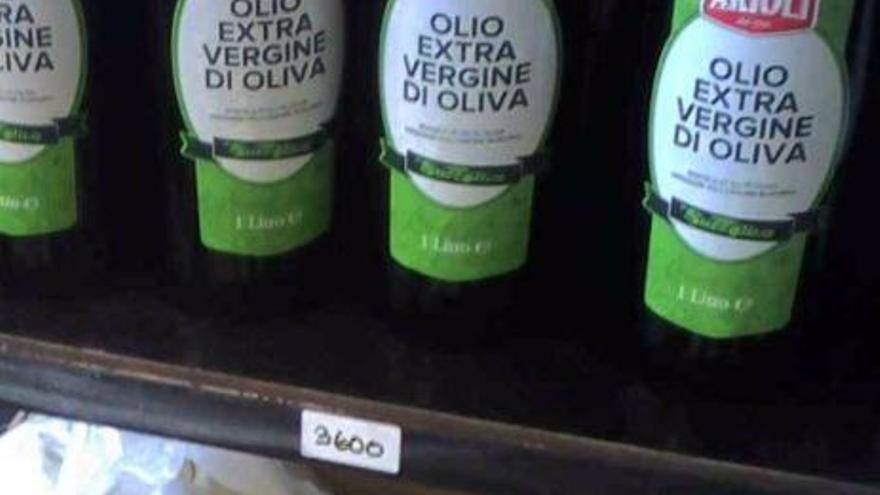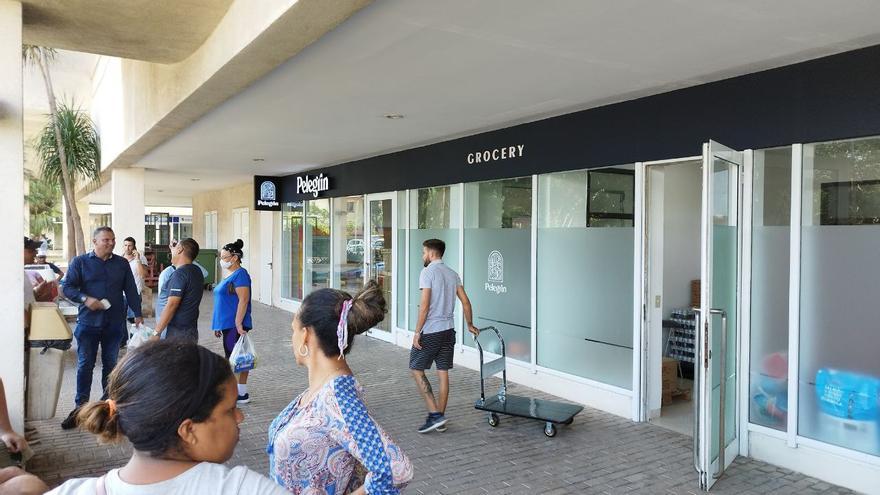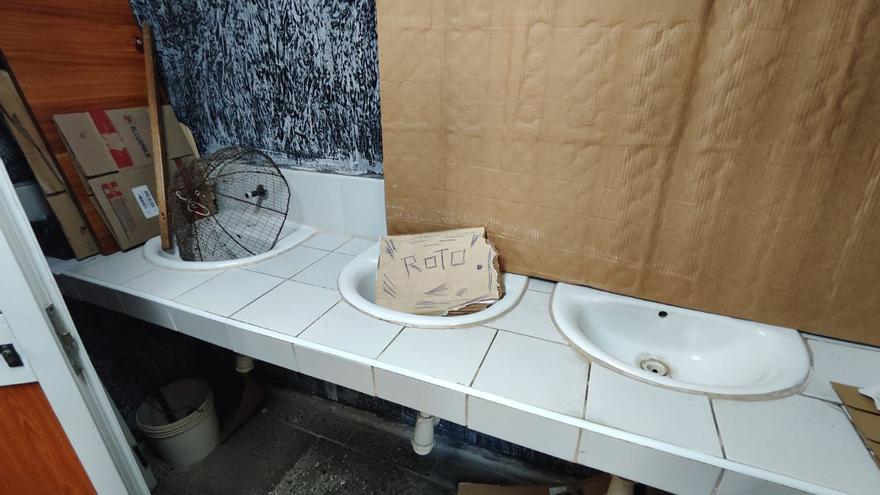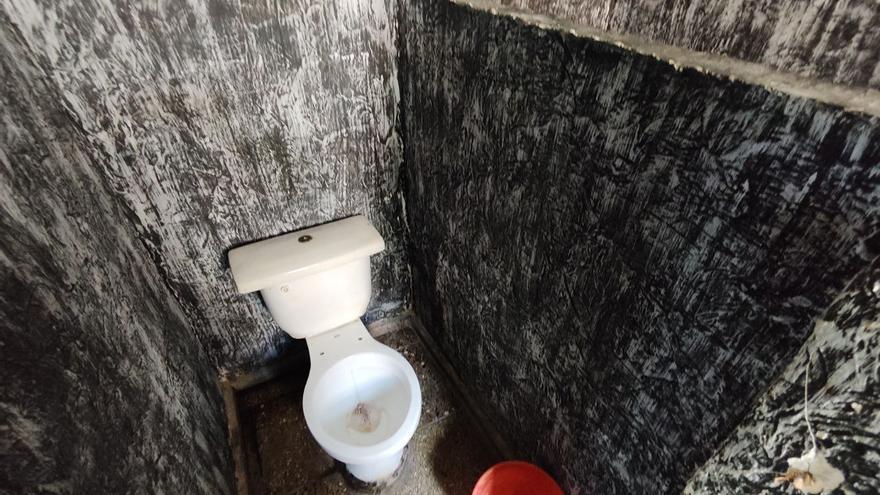The Cuban communist began with reference to the fact that “to achieve a more just and sustainable future, the time for collective action is not tomorrow, it is now,” undoubtedly thinking about the situation of every man for himself for his failed experiments, the last one being the so-called bancarización* (banking reform).
According to Díaz-Canel, the BRICS summit “is an integration mechanism that, due to its novelty and diversity, opens expectations and hopes on the path of strengthening multilateralism, which today is as urgent as it is essential for the very destiny of humanity.”
And the truth is that by betting on this organization, the Cuban leader leaves the path of most of the West and democratic countries of the world, where freedoms and the rule of law open the way, and instead integrates countries of very diverse profile in which it is difficult to establish a level of comparison.
Then he made use of Castro’s populism to celebrate that the event is taking place in African lands, “the cradle of a part of our ancestors that fundamentally feeds the very essence of Cuban identity.” Demagoguery, because Díaz-Canel’s ancestors are in a different place, and even the reference to the satisfaction of being in South Africa has little to do with the history of Cuba in the region. continue reading
There was reference to the 400,000 Cubans who, according to Díaz-Canel, “contributed to the fight against apartheid in African lands and the 2,289 of our Cuban internationalist fighters who fell heroically, writing with their sacrifice one of the most beautiful pages in the history of solidarity between peoples.”
These references in which anything can fit led him to say, about the relations between South Africa and Cuba, that there are “solid and indelible imprints like the memory of the historic leaders of both nations. We can never forget the embrace of Nelson Mandela and Fidel Castro when they met here and asked to meet again, as only happens between very loving brothers.” Fidel Castro always appears as a salesman’s business card to open a cold door to get a customer. We’ll see how long it lasts.
At the presentation, Díaz-Canel justified his presence there as president of the Group of 77 and China, the largest and most diverse group of developing nations, in case anyone didn’t know or have any doubt about it. And then he dedicated himself to selling the characteristics of the organization, and the 134 countries, two-thirds of the members of the United Nations, that make it up.
In a clear allusion to the absence of an embargo or blockade on the Island, Díaz-Canel reaffirmed that in the countries of the organization, “almost 80% of the planet’s population lives facing the colossal challenges of an increasingly unequal world, in which exclusion and poverty have multiplied after two years of pandemic followed by dramatic conflicts.” A diagnosis that seemed to have been taken from United Nations documents on these issues.
And that’s when he addressed the crucial issue of debt. With great skill he turned a specific problem of Cuba into a global phenomenon, pointing out that “in the last ten years the nations of the South have seen their external debt double, now largely repaid.” The truth is that, as was seen in the London trial, the Cuban debt is more than 40 years old, and despite the generous pardons, it has never been reduced. This speech seemed taken from previous ones, but it was far from the incendiary messages of Fidel Castro.
Combining the debt with the deterioration of ecosystems, when no one understands the relationship between the two, Díaz-Canel said that “if we do not act immediately, we will bequeath to our children and grandchildren a planet not only unrecognizable to those of us from the previous century, but also sadly condemned to become uninhabitable.”
This was the link that led him to talk about the Sustainable Development Goals of the 2030 Agenda and denounce that “half of the 169 agreed goals are far from being met. More than 30% of them have not experienced any progress or, what is worse, show regression compared to 2015, according to the most recent United Nations report.”
The typical recount of measures and compliance with the Castro alphabet that, however, does not contemplate Cuba’s widespread non-compliance with the Sustainable Development Goals and the permanent famine in the country, issues on which Díaz-Canel was inexplicably silent. He went on to condemn “the developed countries of the West and the large transnational corporations for designing an international order that does not take into account the progress of the nations of the South and is only effective for small minorities.”
And saying this kind of thing in international forums, Díaz-Canel still believes that someone may be interested in investing in Cuba. Of course, not even the clumsiest would have screwed up in this way in a place where everyone is watching.
But let no one have the slightest fear. Díaz-Canel wants the Group of 77 and China and the BRICS to be responsible for creating a change in that unjust world order, and he does not consider that an option: it is the only alternative. The Cuban communist leader has rejected international companies from developed countries as transforming agents of the world economy and has turned his gaze, desperate, to the BRICS, which do not have the same concept of focusing on the field of international investments.
For all these reasons, Díaz-Canel’s demand that the BRICS and the Group of 77 undertake a real transformation of the deeply unjust, anachronistic and dysfunctional international financial architecture, will be left as just one more demand without content or meaning, in a global world in which the Castro regime, the last dictatorship of the cold war, does not feel comfortable or even safe.
Díaz-Canel took the opportunity to praise the New Development Bank created by the BRICS as an alternative to the current financial institutions, in an exercise of soliciting aid that says very little about someone who lacks international solvency. The policies of this new bank will not be very different from those adopted by other organizations, no matter how much someone like Dilma Rousseff and her knowledge of the functioning of the financial system is at the head of that entity. I hope they don’t have to regret even greater evils.
The Cuban communist leader also described as laudable the BRICS initiative to create a broad-based foreign currency reserve mechanism that guarantees certainty and stability to the South. To think, like Díaz-Canel, that the extension of that mechanism to other countries would contribute to alleviating the imbalances of the current monetary system is still a chimera, as well as establishing mutual lines of credit in local currencies by the banks of the BRICS countries and the possibility of creating a single currency for their operations.
Díaz-Canel seems very interested and willing to participate in all these organizational plans, because, as he said, “they are also initiatives that could be applied in relations with other developing countries, to reduce the abusive monopoly of the US currency that reinforces and guarantees a harmful hegemony for the rest of the world.” Incredible.
The rest of the speech was aimed at reclaiming the agricultural production of the BRICS countries. In terms of climate change, he highlighted the strategic value of effective coordination between the BRICS and the Group of 77, to safeguard the principle of common but differentiated responsibilities in the implementation of the Framework Programme and the Paris Agreement. He also talked about strategic coordination between countries and scientific-technical development, among other things.
And, how could it be otherwise: he announced the next Summit to be held in Havana between September 15 and 16.
Fidel Castro would have made a different speech.
Translated by Regina Anavy
*Translator’s note: “Bancarización” is term used in Cuba and other Latin American countries that refers to government efforts to reduce the role of cash through a greater reliance on banks’ digital payment options. The term does not seem to have a counterpart in English so the Spanish term is used throughout this translation.
_________________
COLLABORATE WITH OUR WORK: The 14ymedio team is committed to practicing serious journalism that reflects Cuba’s reality in all its depth. Thank you for joining us on this long journey. We invite you to continue supporting us by becoming a member of 14ymedio now. Together we can continue transforming journalism in Cuba.

![]() 14ymedio, 27 August 2023 — On the last stop of his tour of Africa, Cuban President Miguel Díaz-Canel arrived this Saturday in Namibia, where he participated in the festive events of Heroes’ Day in commemoration of Namibia’s war of independence. The pomp of the reception contrasted with the lack of information about any agreements signed by both parties.
14ymedio, 27 August 2023 — On the last stop of his tour of Africa, Cuban President Miguel Díaz-Canel arrived this Saturday in Namibia, where he participated in the festive events of Heroes’ Day in commemoration of Namibia’s war of independence. The pomp of the reception contrasted with the lack of information about any agreements signed by both parties.
